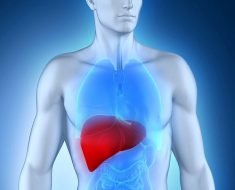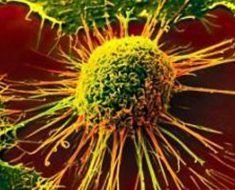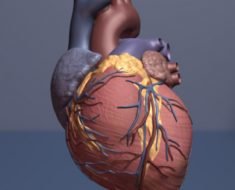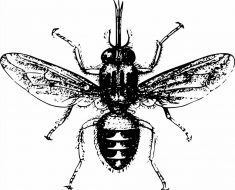Cholera is an infection caused by the bacteria Vibrio cholerae. More often than not, the bacteria is transmitted via contaminated water or food that has come into contact with contaminated water. The most common symptoms of cholera include extensive watery diarrhea, severe vomiting, nausea, dehydration, loss of electrolytes and muscles cramps. Severe cases may result in death, especially among children and the elderly.
Transmission and spread of cholera
The bacteria that causes cholera is usually passed out of the body of an infected person via the faeces. These bacteria may then contaminate a common source of drinking water and become widespread among populations. Poor water hygiene and sanitation are therefore important factors in the spread of the disease.
Cholera has been almost eradicated in most developed nations worldwide. It is, however, still a major health hazard in sub-Saharan Africa, south and south-east Asia, some parts of the Middle East and South America. Outbreaks of cholera may occur after natural disasters such as earthquakes or after war when there is overcrowding and lack of sanitation. Travellers are also susceptible to catching cholera, especially if they are travelling to areas where cholera is still endemic.
Prevention of cholera
Good hygiene, access to clean drinking water, adequate sanitation facilities and hand washing before eating and after using the toilet are simple measures taken that have reduced the incidence of cholera worldwide. Travellers are also advised to avoid ice creams and fruit juices offered by street vendors who display their sales goods in the open where they are exposed to flies and contaminants. In addition, travellers should not eat raw, unwashed vegetables, fruits, salads or shellfish.
There is an oral vaccine that can help prevent cholera and is estimated to be 85% effective. Vaccination is recommended for travelling to areas where cholera is endemic such as refuge camps and war zones.
Treatment
The severe dehydration and loss of electrolytes from the body through vomiting and diarrhea can cause death among victims of cholera. The first and foremost therapy is therefore replenishment of fluids and electrolytes in the form of oral rehydration solution (ORS), as recommended by the World Health Organization (WHO). An ORS sachet contains a powder made up of salts and glucose which can be dissolved in clean drinking water. Antibiotics are also useful in reducing symptoms and treating the disease.
Sources
- http://www.nhs.uk/conditions/cholera/Pages/Definition.aspx
- www.microbiologyonline.org.uk/media/transfer/doc/factfile_cholera.pdf
- www.who.int/csr/resources/publications/surveillance/en/cholera.pdf
- http://www.cfsph.iastate.edu/FastFacts/pdfs/cholera_F.pdf
- www.cdc.gov/cholera/pdf/five-basic-cholera-prevention-messages.pdf
- http://www.niaid.nih.gov/topics/cholera/Documents/CholeraFactSheet.pdf
Further Reading
- All Cholera Content
- Cholera Diagnosis
- Cholera Epidemiology
- Cholera Prevention
- Cholera Transmission
Last Updated: May 13, 2019

Written by
Dr. Ananya Mandal
Dr. Ananya Mandal is a doctor by profession, lecturer by vocation and a medical writer by passion. She specialized in Clinical Pharmacology after her bachelor's (MBBS). For her, health communication is not just writing complicated reviews for professionals but making medical knowledge understandable and available to the general public as well.
Source: Read Full Article





